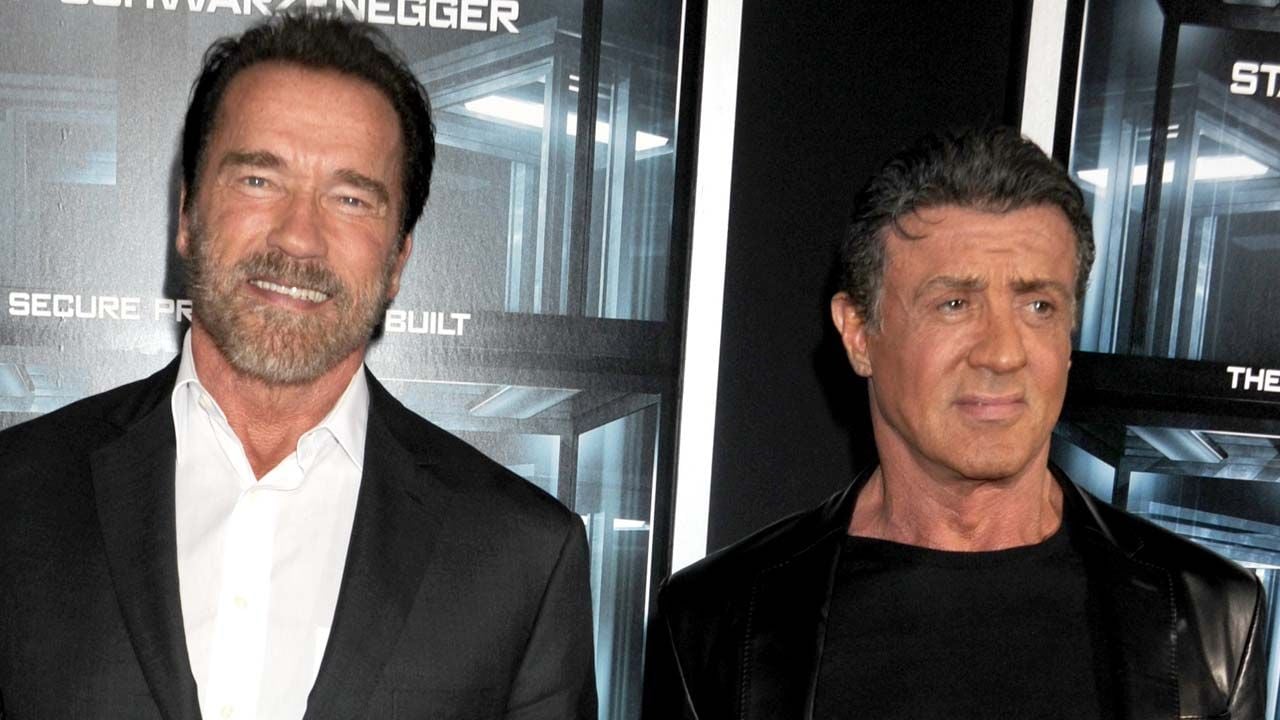Producing an animation is far from being an easy job, from a small film with faux deep Elis Regina singing with her daughter Maria Rita, to a feature film specific to this style such as Shrek, Toy Story and Spider-Man: Across the Spider-Verse. We spoke to DreamWorks about this topic and uncovered the less-than-obvious details surrounding true cinema without a camera.
- 51st Gramado Film Festival: check the list of nominees
- The Twilight protagonist could have been another movie star
- Spider-Man: Through the Spider-Verse has several versions playing in theaters
What you need to know:
DreamWorks is a studio known for animations with highlights for Kung Fu Panda, Shrek, Chicken Run and How to Train Your Dragon. The most recent is Ruby Marine: Teenage Monster and it is on him that Kate Swanborg, Senior Vice President of Technology Communications and Strategic Alliances of the company, commented behind the scenes of this type of work.
First, the entire studio is large enough to accommodate 10 productions running simultaneously, and this involves everything from the responsible process of getting the idea to paper, to its theatrical release. Each feature takes about four years to get all this work done.
Even with theaters capable of running up to 120 frames per second on projectors, we rarely have anything beyond 24fps and this is the case with DreamWorks animations and others as well. In basic math, there are 1,440 images created for every minute, and that closes out a total of 129,600 frames in the entire film, assuming the 90 minutes that computer drawings tend to have.
Each animation is approximately 230,000 frames
Each of the nearly 130,000 frames goes through 12 processes until it’s ready to be archived. At the end of the work, adding up everything created and ready for the actual existence of the feature film, there are about 500 million files for a single production, and the size of all that is added up reaches 1 petabyte.
If you have a traditional hard drive for today’s notebooks and PCs, with 1TB of space, you would need 1,000 to store just one movie. So imagine 10 movies being produced at the same time, so you need 10,000 hard drives (or SSDs) for all of DreamWorks’ work right now – a larger number: that’s 5 billion files at once, now.
All of this is managed by a server system within the studio itself. The goal is divided into two, the first is security to ensure that no leaks occur, and the second is the convenience of communication, with the entire team responsible for each production.

In this case, they’re Lenovo servers, and according to Swanborg, they’re always running at 99.99 percent capacity. The installation of the current system took place during the beginning of the pandemic and in total there are 80 thousand cores in the processors spread over multiple racks, cooled by the Neptune system.
Servers save hundreds of hours of work
Use hot water instead of air conditioning, taking up less space in the radiator area. Kate comments that the DreamWorks solution reduces rendering work by about 20%. In fact it did not take off the load, but it guaranteed more capacity in this proportion to speed up the whole production.
When we make a feature film, the artists work on very small parts of the films, between two and three seconds at a time, and always review their work with the directors. A scene, about five seconds long, if a lot of characters show up, it can take over 10 hours to render everyone, with effects. If it takes that long, we can only review the scene once a day.
Kate Swanborg

Lenovo’s technology doesn’t take long, the response from the directors comes faster, so we get more analysis and more responses from the directors. We can’t measure the entire time saved on film, but we guarantee that films will come out better. So we use time more efficiently.
Kate Swanborg
DreamWorks uses artificial intelligence, but not in the creative industry
I took advantage of the moment of conversation to ask about artificial intelligence, all the way in the development of animated films at DreamWorks.
We are not using generative AI in the creative process. Our artists are our imaginations and our storytellers. We are obviously looking into the use of artificial intelligence where it can be used, but we won’t change our minds.
Kate Swanborg
This comment comes at a time when much of creation is driven or written by artificial intelligences like ChatGPT, or in image making like in the opening of Secret Invasion, from Marvel and Disney.
“On the other hand, (AI) technology that can automate routine data-driven tasks on our servers and infrastructure is fantastic. It allows our engineers to focus on more important points and allows us to stay on top when thinking about technologies and art. It’s a very fascinating field.”
DreamWorks mail has 5 billion files every day; see the backstage of the cinema first appeared on Olhar Digital.
Source: Olhar Digital
Rose James is a Gossipify movie and series reviewer known for her in-depth analysis and unique perspective on the latest releases. With a background in film studies, she provides engaging and informative reviews, and keeps readers up to date with industry trends and emerging talents.







